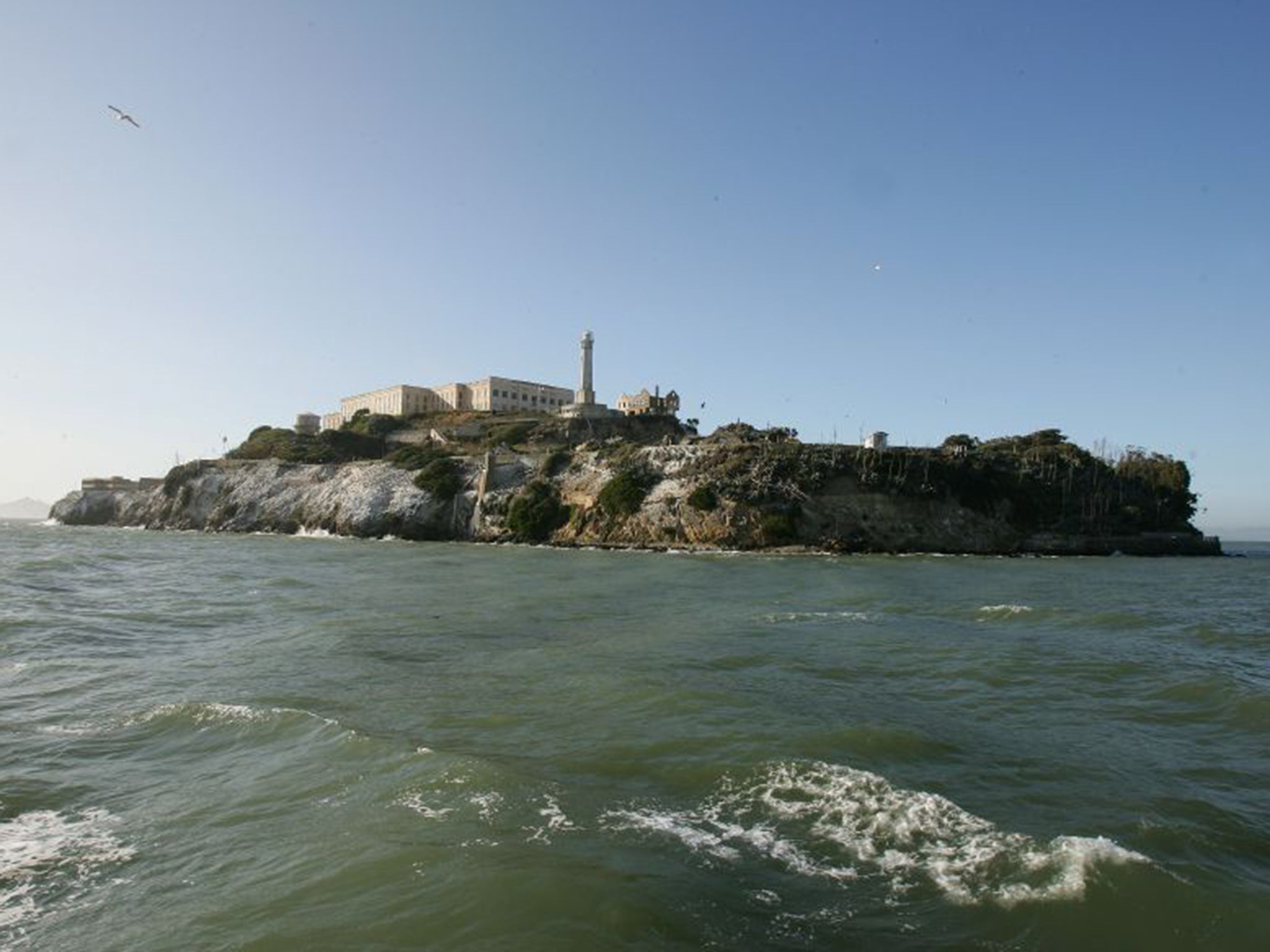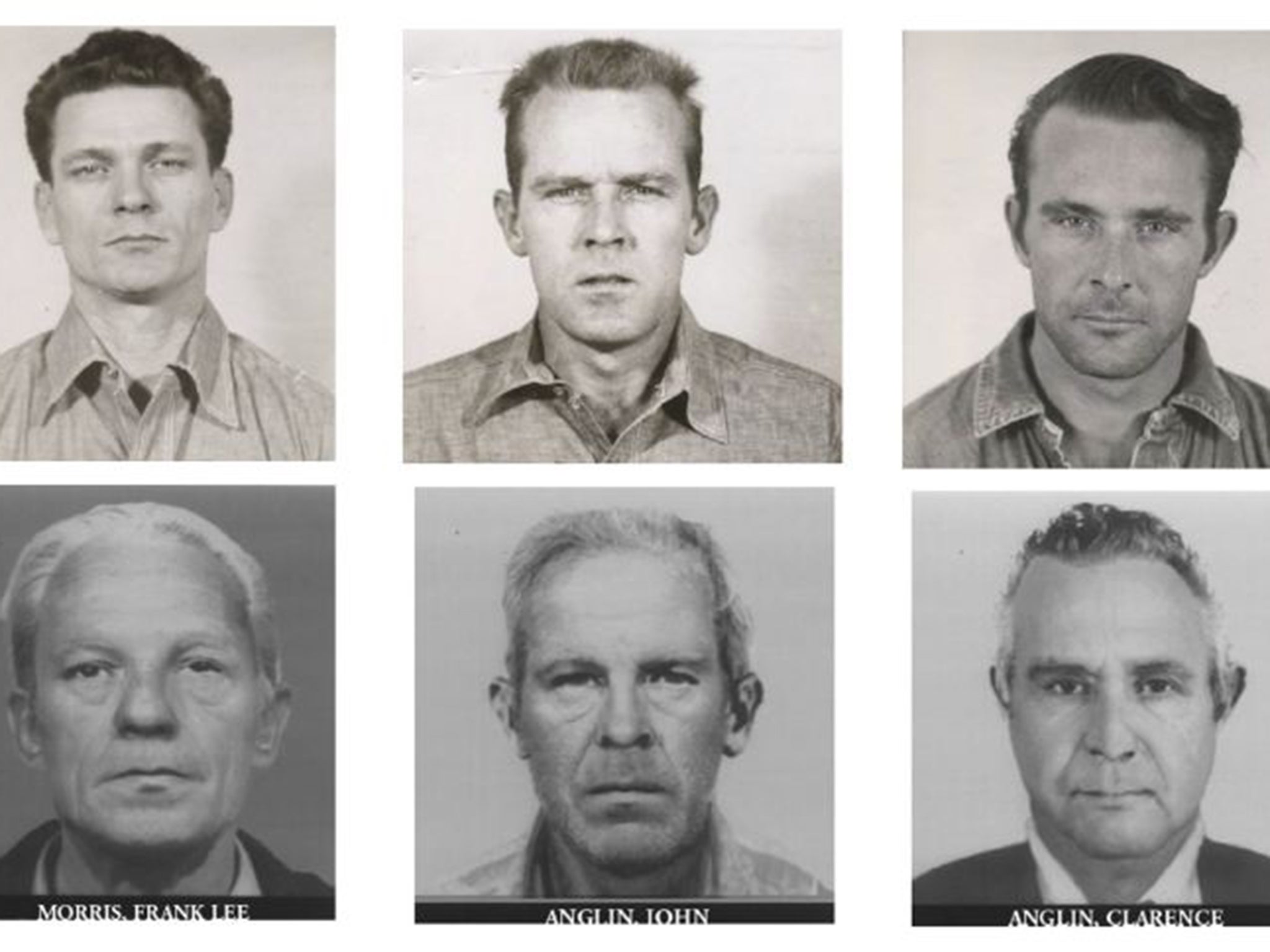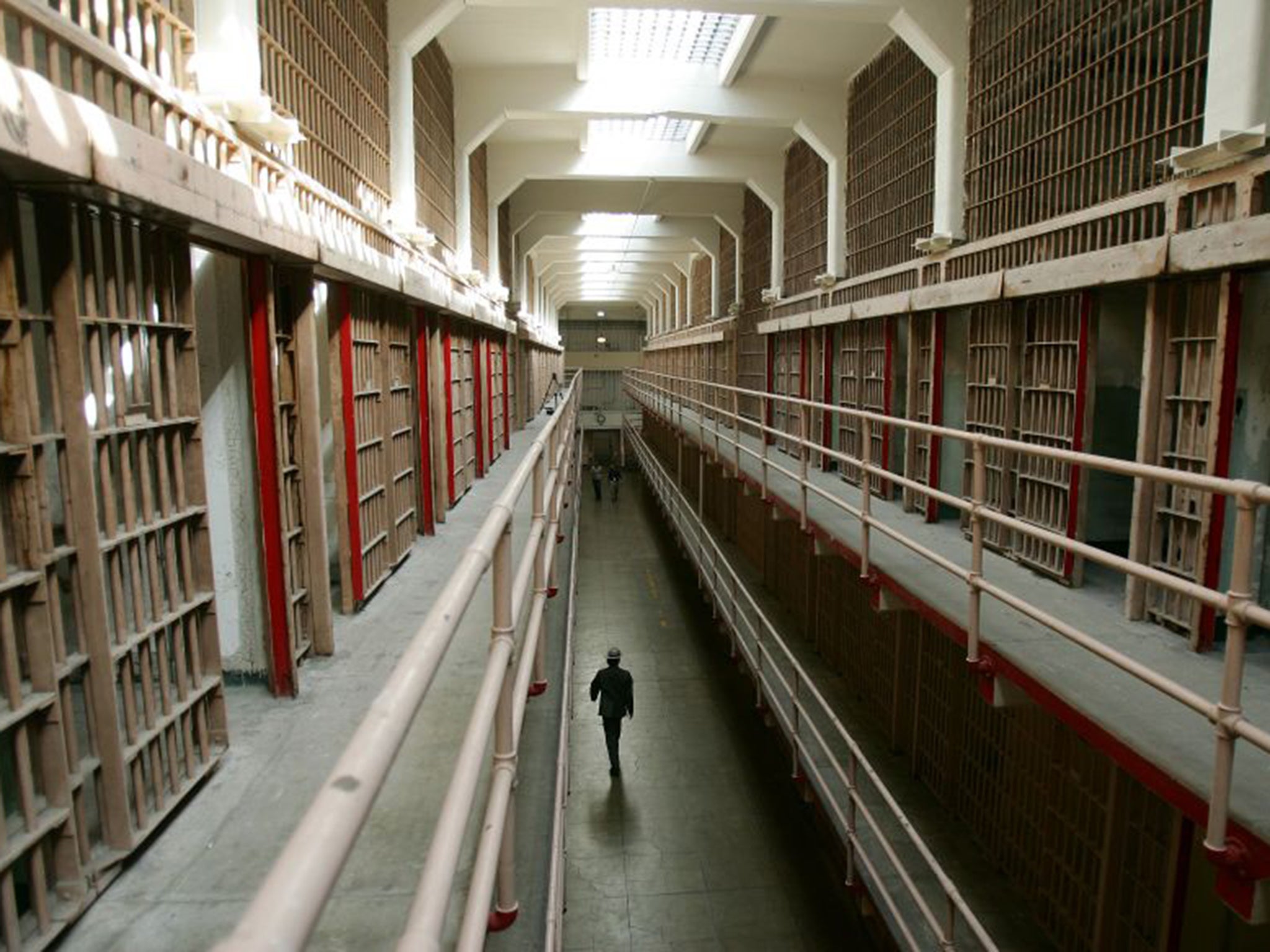How Alcatraz escapees got stuck between the Rock and a hard place
Historic tidal patterns suggests raft used in infamous 1962 prison break never made land

On the night of 11 June 1962, three inmates successfully escaped from Alcatraz, the notorious island prison in San Francisco Bay. Whether they ever made it ashore alive, however, is another matter. Now, a team of Dutch researchers has claimed that the convicted bank robbers Clarence Anglin, John Anglin and Frank Morris could have survived the icy waters and reached land on their makeshift raft – but only if they pushed off at precisely the right time and paddled, hard, in precisely the right direction.
The three men’s ingenious escape bid was dramatised on screen in the 1979 film, Escape From Alcatraz, starring Clint Eastwood as Morris. As depicted in the film, they spent months chipping through the walls of their cells with sharpened metal spoons into an unguarded utility corridor that led out of the jail, popularly known as “the Rock”. They made an inflatable raft from some 50 stolen raincoats, and fashioned fake paper-mache heads using toilet paper and hair from the prison barbershop, which they left on their pillows to fool guards on the night of the escape.
An FBI investigation concluded that Morris and the Anglin brothers set off across the water from the north side of Alcatraz Island sometime between 8pm and 2am, braving the powerful and unpredictable currents of the Bay. Using a computer model to simulate historical tides, scientists from Delft University and the Dutch research institute Deltares have found that they could have made landfall only if they left the island between 11pm and midnight.

The researchers simulated the journeys of 50 virtual rafts for every 30 minutes of the night in question, from several possible points of departure on the island. The model incorporated the fact that the men would have been paddling, using oars made from musical instruments. The study found that if they set off before 11pm, they would have been swept out under the Golden Gate Bridge into the Pacific, where they would almost certainly have died.
If they left after 1am, the tide would have turned, taking them back into the Bay towards Oakland or Berkeley. Dr Rolf Hut told the BBC, which first reported the study: “In both cases they would have spent so much time in the water, they probably would have died of hypothermia, or they would have been picked up by the police because sunrise was at 6am.”
There was, though, one brief period of the night when the men could have pushed off and survived. If they departed Alcatraz between 11pm and midnight, pointed north and paddled furiously, they would have been dragged towards the Golden Gate only to find the tide turning at the last moment, potentially helping them to make landfall on the north side of the Bridge.
The study is being presented in San Francisco this week, at a meeting of the American Geophysical Union. Dr Hut said he was inspired to pursue the topic after watching an episode of the US TV show Mythbusters, which had also investigated the escape. It found that the three inmates may have survived and fled into Marin County as per their plan.
On his blog, Dr Hut wrote that in the best case scenario, the men had to paddle “northwards with… almost Olympian effort. In that scenario, they most likely survive and make it to the north side of the Golden Gate Bridge: exactly the same location at which the Mythbusters made landfall.”

The FBI led a major search for the men, who were never found and eventually presumed to have died in the attempt. The Dutch model suggested that, had they died, the remains of their raft would potentially wash up on Angel Island – another island in the Bay – which is where investigators found a paddle and some other personal items in 1962.
The prison at Alcatraz was closed the following year. Originally a military base, the island became a military prison in 1861, during the American Civil War. In 1933 it was repurposed as a federal penitentiary, and over the subsequent 30 years it housed numerous infamous criminals including Al Capone, Mickey Cohen and James “Whitey” Bulger. Today, it is a tourist attraction.
During its time as a federal prison, 36 men attempted to escape from Alcatraz in 14 separate incidents. Six were shot and killed, 23 caught, two drowned and five more – including Morris and the Anglins – listed as missing, presumed drowned.
In the 1996 film The Rock, Sean Connery played a former SAS commando portrayed as the only man ever to escape the island jail.
Join our commenting forum
Join thought-provoking conversations, follow other Independent readers and see their replies
Comments